PPT-The importance of the design phase in Energy Quality Management: an example of the application
Author : greyergy | Published Date : 2020-08-28
Marco Molinari PhD Department of Automatic Control KTH 1 Outline Background Energy efficiency targets in the built environment Tools for analysis SEPE SEPEin practice
Presentation Embed Code
Download Presentation
Download Presentation The PPT/PDF document "The importance of the design phase in En..." is the property of its rightful owner. Permission is granted to download and print the materials on this website for personal, non-commercial use only, and to display it on your personal computer provided you do not modify the materials and that you retain all copyright notices contained in the materials. By downloading content from our website, you accept the terms of this agreement.
The importance of the design phase in Energy Quality Management: an example of the application: Transcript
Download Rules Of Document
"The importance of the design phase in Energy Quality Management: an example of the application"The content belongs to its owner. You may download and print it for personal use, without modification, and keep all copyright notices. By downloading, you agree to these terms.
Related Documents

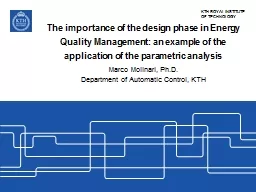


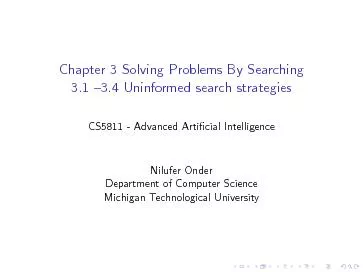
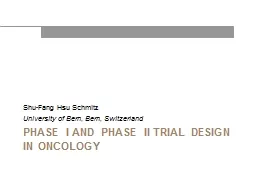
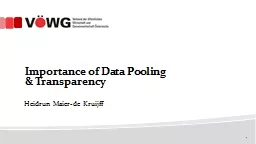


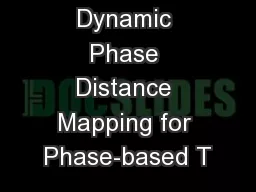
![[EPUB] - 50 Quality Improvement and Quality Assurance Approaches: Simple, easy and effective](https://thumbs.docslides.com/903319/epub-50-quality-improvement-and-quality-assurance-approaches-simple-easy-and-effective-ways-to-improve-performance.jpg)
![[READ] - The Essays of Lord Bacon: With Critical and Illustrative Notes, and an Example,](https://thumbs.docslides.com/906367/read-the-essays-of-lord-bacon-with-critical-and-illustrative-notes-and-an-example-with-answers-of-a-university-middle-class.jpg)
![[EPUB] - Writing a Successful College Application Essay (Barron\'s Writing a Successful](https://thumbs.docslides.com/906666/epub-writing-a-successful-college-application-essay-barron-s-writing-a-successful-college-application-essay.jpg)
![[EPUB] - 50 Quality Improvement and Quality Assurance Approaches: Simple, easy and effective](https://thumbs.docslides.com/907020/epub-50-quality-improvement-and-quality-assurance-approaches-simple-easy-and-effective-ways-to-improve-performance-61c2a38955374.jpg)
